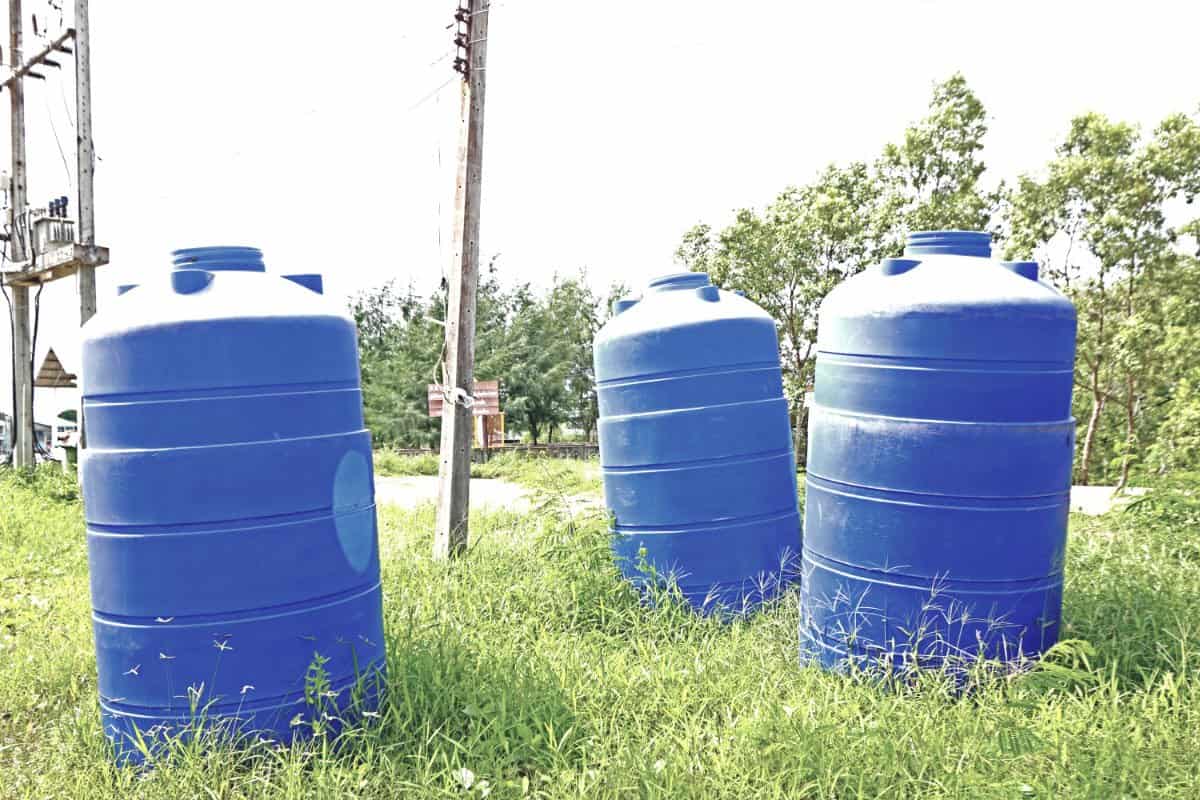

Articles
How To Store Water Long Term Safely
Modified: January 19, 2024
Learn effective methods and tips on safely storing water for the long term. Our articles provide valuable insights to ensure your water remains clean and drinkable.
(Many of the links in this article redirect to a specific reviewed product. Your purchase of these products through affiliate links helps to generate commission for Storables.com, at no extra cost. Learn more)
Introduction
Welcome to our comprehensive guide on how to store water long term safely. Water is a vital resource that every individual needs to survive, yet it is often taken for granted. In times of emergency or natural disasters, access to clean and safe drinking water can become limited or even unavailable. That’s why it’s crucial to have a long-term water storage plan in place, ensuring that you and your family have a reliable supply of water during any crisis.
In this article, we will discuss the importance of storing water long term, the factors to consider before storing water, how to choose the right water storage containers, preparing water for long term storage, storing water safely, and tips for rotating and maintaining stored water. By following these guidelines, you can be prepared for any water shortage situation and have peace of mind knowing that you have taken the necessary steps to prioritize your water needs.
Key Takeaways:
- Storing water long term is crucial for survival during emergencies, natural disasters, and public health crises. Proper preparation, safe storage, and regular maintenance ensure a reliable supply of clean and safe drinking water.
- Choosing the right containers, preparing water properly, and establishing a rotation schedule are essential for maintaining the quality and safety of stored water. Prioritize emergency preparedness by ensuring access to clean water for your family’s well-being.
Read more: How To Store Water Long Term
Importance of Storing Water Long Term
Water is essential for survival, and during emergencies or disasters, access to clean and safe drinking water can become limited. It’s important to understand the significance of storing water long term to ensure you and your loved ones have an adequate supply when needed.
1. Emergency Situations: Natural disasters such as hurricanes, earthquakes, or floods can disrupt water supply systems, making tap water unsafe to consume. Having stored water allows you to stay hydrated and maintain proper sanitation even when faced with these emergencies.
2. Water Contamination: Water sources can be contaminated due to industrial spills, chemical leaks, or bacterial outbreaks. Storing water ensures that you have a safe and reliable source of drinking water until the situation is resolved.
3. Public Health Emergencies: During a public health crisis, such as a pandemic or waterborne disease outbreak, it is crucial to have a stockpile of clean water. This helps to reduce the strain on healthcare facilities and ensures that you can maintain good hygiene practices at home.
4. Loss of Utilities: Power outages or infrastructure failures can lead to disruptions in water supply. By storing water, you can mitigate the impact of these situations and ensure that your household’s basic needs are met.
5. Outdoors and Camping: Storing water is not only essential for emergencies but also beneficial for outdoor activities. When camping or hiking in remote areas, access to clean water may be limited. Carrying sufficient water supplies guarantees your hydration and prevents dehydration.
By recognizing the importance of storing water long term, you are taking proactive steps to safeguard the well-being and safety of your family in times of crisis. Now, let’s explore the factors to consider before storing water to ensure its sustainability and safety.
Factors to Consider Before Storing Water
Before you start storing water for the long term, there are several important factors to consider. These factors will help you make informed decisions and ensure the quality and safety of your stored water supply.
1. Water Source: The source of your water plays a critical role in its quality. Whenever possible, use tap water from a treated municipal supply as it typically meets safety standards. If tap water is not available or reliable, consider using commercially bottled water or purifying natural water sources.
2. Storage Location: Choose a suitable location for your water storage containers. Ensure that the area is clean, dry, and away from direct sunlight, chemicals, and strong odors. It’s best to store water in a cool, dark place to prevent the growth of algae and the degradation of the containers.
3. Container Material: Select containers made from food-grade materials such as high-density polyethylene (HDPE) or polypropylene. These materials are safe for storing water and do not leach harmful chemicals into the water over time. Avoid containers made of materials like soft plastics or glass, as they may break or degrade.
4. Container Size: Consider the size of your storage containers based on your water needs. It is recommended to store at least one gallon (3.8 liters) of water per person per day for drinking and sanitation purposes. Keep in mind that you may need additional water for pets, cooking, and hygiene.
5. Sealing and Durability: Ensure that your water storage containers have tight-fitting lids or caps that provide a secure seal. This will help prevent contamination and evaporation. Additionally, choose containers that are durable and resistant to leaks or cracks.
6. Rotation Plan: Establish a rotation plan to ensure the freshness of your stored water. Water should be rotated and replaced every six months to one year. Use the oldest water for non-drinking purposes or gardening and replace it with fresh water.
7. Treatment and Filtration: If you are storing water from a non-treated source, consider treating and filtering it before storage. This can be done using water purification tablets, chlorine bleach, or quality water filters to remove any contaminants and ensure the safety of your stored water.
By considering these factors, you are taking necessary precautions to store water that is safe, clean, and readily available when needed. Next, let’s explore the different types of water storage containers you can use for long term water storage.
Choosing the Right Water Storage Containers
When it comes to long term water storage, selecting the right containers is crucial to ensure the safety and longevity of your water supply. Here are some factors to consider when choosing water storage containers:
1. Food-Grade Materials: Opt for containers made from food-grade materials such as high-density polyethylene (HDPE) or polypropylene. These materials are safe for storing water and do not leach harmful chemicals into the water over time.
2. Durable and Non-Leaching: Choose containers that are durable and resistant to cracks, leaks, and punctures. Avoid using containers made of soft plastics or glass, as they may break or degrade over time, compromising the integrity of your stored water.
3. Airtight and Secure: Look for containers with tight-fitting lids or caps that provide a secure seal. This will prevent contamination and evaporation, ensuring that your water remains clean and safe for consumption.
4. Size and Capacity: Consider the size of your household and the amount of water you need to store. It is recommended to have at least one gallon (3.8 liters) of water per person per day for drinking and sanitation purposes. Choose containers that can hold an adequate amount of water to meet your needs.
5. Stackable and Space-Efficient: To optimize the storage space, select containers that are stackable and easily portable. This will help you make the most of the available storage area and allow for easy transportation if needed.
6. Translucent or Opaque: It is preferable to choose containers that are either translucent or opaque. Translucent containers allow you to monitor water levels without exposing the water to sunlight, which can promote the growth of algae. Opaque containers, on the other hand, provide maximum protection from light and UV rays.
7. Ease of Cleaning: Ensure that the containers are easy to clean to maintain the hygiene and quality of your stored water. Look for containers with wide openings or removable lids that allow for thorough cleaning and sanitization.
Remember to thoroughly wash and sanitize your water storage containers before filling them with water for long term storage. Properly chosen and maintained containers will help protect the safety and quality of your stored water supply. Now, let’s move on to the next step – preparing water for long term storage.
Store water in clean, airtight containers made of food-grade plastic or glass. Keep it in a cool, dark place away from direct sunlight to prevent bacterial growth and degradation of the container. Rotate water every 6 months to ensure freshness.
Preparing Water for Long Term Storage
Before storing water for the long term, it is essential to properly prepare it to ensure its safety and quality. Here are the steps to follow when preparing water for long term storage:
1. Clean Containers: Thoroughly clean the water storage containers with warm water and mild dish soap. Rinse them well to remove any soap residue. This step is crucial to prevent contaminants from entering the stored water.
2. Sanitize Containers: After cleaning, sanitize the containers to eliminate any remaining bacteria or germs that may affect the quality of the water. You can sanitize the containers by using a diluted bleach solution; mix 1 teaspoon of bleach per 1 gallon of water, and swish it around in the container. Let it sit for a few minutes, then rinse thoroughly.
3. Choose a Reliable Water Source: Use tap water from a treated municipal supply whenever possible, as it is usually safe for long term storage. If tap water is not available or you are uncertain about its quality, consider using commercially bottled water or purifying natural water sources.
4. Purify Non-Treated Water: If you are storing water from a non-treated source such as a well or a natural water body, it is important to purify it before storage. This can be done by using water purification tablets or liquid chlorine bleach. Follow the instructions on the tablets or use 8 drops of bleach (about 1/8 teaspoon) for every gallon of water. Let the water sit for 30 minutes before transferring it to the storage containers.
5. Label and Date: Use a permanent marker to label each container with the date of storage. This will help you maintain a rotation schedule and ensure that you prioritize the use of the oldest water first.
6. Fill and Seal: Fill the water storage containers to their recommended capacity, leaving a small amount of headspace to accommodate expansion if freezing occurs. Ensure that the containers are tightly sealed to prevent any contamination or evaporation.
By following these steps, you can prepare your water for long term storage and have peace of mind knowing that your stored water is safe and ready for use during emergencies or water shortage situations. Next, let’s explore how to store water safely to maintain its quality over time.
Read more: How To Store Water For Long Term
Storing Water Safely
Proper storage is crucial to ensure the safety and quality of your stored water. Follow these guidelines to store water safely:
1. Choose the Right Location: Store your water containers in a cool, dark place away from direct sunlight, chemicals, and strong odors. Exposure to sunlight can promote the growth of algae and degrade the water quality.
2. Avoid Extreme Temperatures: Avoid storing water in areas that are subject to extreme temperatures. High temperatures can cause plastic containers to release harmful chemicals or potentially warp and leak. Cold temperatures can lead to freezing and expansion, damaging the containers.
3. Keep Containers Elevated: Store your water containers off the floor to prevent potential contamination. Use pallets or shelves to keep the containers elevated and protect them from any potential hazards on the ground.
4. Monitor for Leaks: Regularly check your water storage containers for any signs of leaks or damage. A leaking container can compromise the safety and quality of the stored water. Replace any damaged containers immediately.
5. Avoid Chemical Exposure: Keep your water storage containers away from any chemicals or potential sources of contamination. Chemicals can seep into the containers and contaminate the water, rendering it unsafe for consumption.
6. Prevent Pest Infestations: Take precautions to avoid attracting pests to your water storage area. Ensure that the location is clean and free from food debris or any other attractants that may invite pests. Use pest control measures if necessary.
7. Regularly Inspect and Rotate: Periodically inspect your water storage containers for any signs of deterioration or contaminants. Additionally, regularly rotate and replace the stored water every six months to one year, following a first-in, first-out (FIFO) system to ensure freshness.
8. Protect from Freezing: If you live in an area with freezing temperatures, take appropriate measures to protect your water containers from freezing. Water expands when frozen and can cause the containers to crack or break. Consider insulating the containers or storing them in a heated space.
By storing water safely, you will maintain the quality and integrity of your water supply, ensuring its reliability and safety in times of need. Now, let’s explore the importance of rotating and maintaining stored water.
Rotating and Maintaining Stored Water
Rotating and maintaining your stored water is crucial to ensure its freshness and potability. Follow these guidelines to properly rotate and maintain your water supply:
1. Establish a Rotation Schedule: Create a rotation schedule to keep track of the age of your stored water. It is recommended to rotate and replace the water every six months to one year. This ensures that you always have fresh water available.
2. Use the Oldest Water First: When it’s time to rotate, prioritize using the oldest stored water first. Label your containers with the date of storage to easily identify which ones need to be used first.
3. Reuse for Non-Drinking Purposes: As water reaches its rotation date, consider repurposing it for non-drinking purposes such as watering plants, cleaning, or other household tasks. This reduces wastage while ensuring that you maintain a fresh supply of drinking water.
4. Properly Dispose of Expired Water: If water has exceeded its recommended rotation date and is no longer suitable for drinking or non-drinking purposes, dispose of it properly. Do not pour it down the drain or contaminate other water sources. Follow local regulations for proper disposal.
5. Inspect Containers Regularly: Routinely inspect your water storage containers for any signs of damage, leaks, or contamination. Replace any damaged containers immediately to prevent further issues.
6. Keep Containers Clean: Prior to refilling your containers with fresh water, ensure that they are thoroughly cleaned and sanitized. Follow the cleaning and sanitizing steps mentioned earlier to maintain the hygiene and safety of your water supply.
7. Update Your Supply: Regularly assess your water storage needs and adjust your supply accordingly. Factors such as changes in household size or extended emergency situations may require an increase in the amount of stored water you have available.
8. Educate Household Members: Ensure that all household members are aware of the importance of rotating and maintaining stored water. Teach them how to check for water quality and how to properly use and replace stored water.
By following these guidelines and maintaining a regular rotation schedule, you can ensure that your stored water remains fresh, safe, and ready for use when needed. Now, let’s conclude our comprehensive guide on storing water long term safely.
Conclusion
In times of emergencies or natural disasters, access to clean and safe drinking water becomes crucial for survival. By storing water long term, you can ensure that you and your loved ones have a reliable supply of water during any crisis. In this comprehensive guide, we have discussed the importance of storing water, factors to consider before storing, choosing the right water storage containers, preparing water for storage, storing water safely, and rotating and maintaining stored water.
Storing water long term requires careful consideration and preparation. Factors such as the water source, container selection, proper preparation, and safe storage locations all contribute to maintaining the quality and safety of your stored water. Regular rotation and maintenance of the stored water supply also ensure its freshness and potability.
Remember to choose containers made from food-grade materials, clean and sanitize them before filling, and store them in a cool, dark place away from direct sunlight and chemicals. Regularly inspect the containers for damage, and establish a rotation schedule to use the oldest water first while replacing it with fresh water.
By following these guidelines, you can have peace of mind knowing that you are prepared for any water shortage situation that may arise. Always prioritize the health and well-being of your family by ensuring access to clean and safe drinking water.
Preparing for emergencies includes not only storing water but also having a well-stocked emergency kit, access to necessary medical supplies, and a plan for communication and evacuation if needed. Stay informed about local emergency procedures and guidelines and share this knowledge with your family and community.
In conclusion, storing water long term safely is a vital step in emergency preparedness. Take action now to assess your water storage needs, gather the necessary materials, and implement a plan to store and maintain a sufficient supply of water. Your future self will thank you for the peace of mind and security that comes from being prepared for any situation. Stay safe and hydrated!
Frequently Asked Questions about How To Store Water Long Term Safely
Was this page helpful?
At Storables.com, we guarantee accurate and reliable information. Our content, validated by Expert Board Contributors, is crafted following stringent Editorial Policies. We're committed to providing you with well-researched, expert-backed insights for all your informational needs.
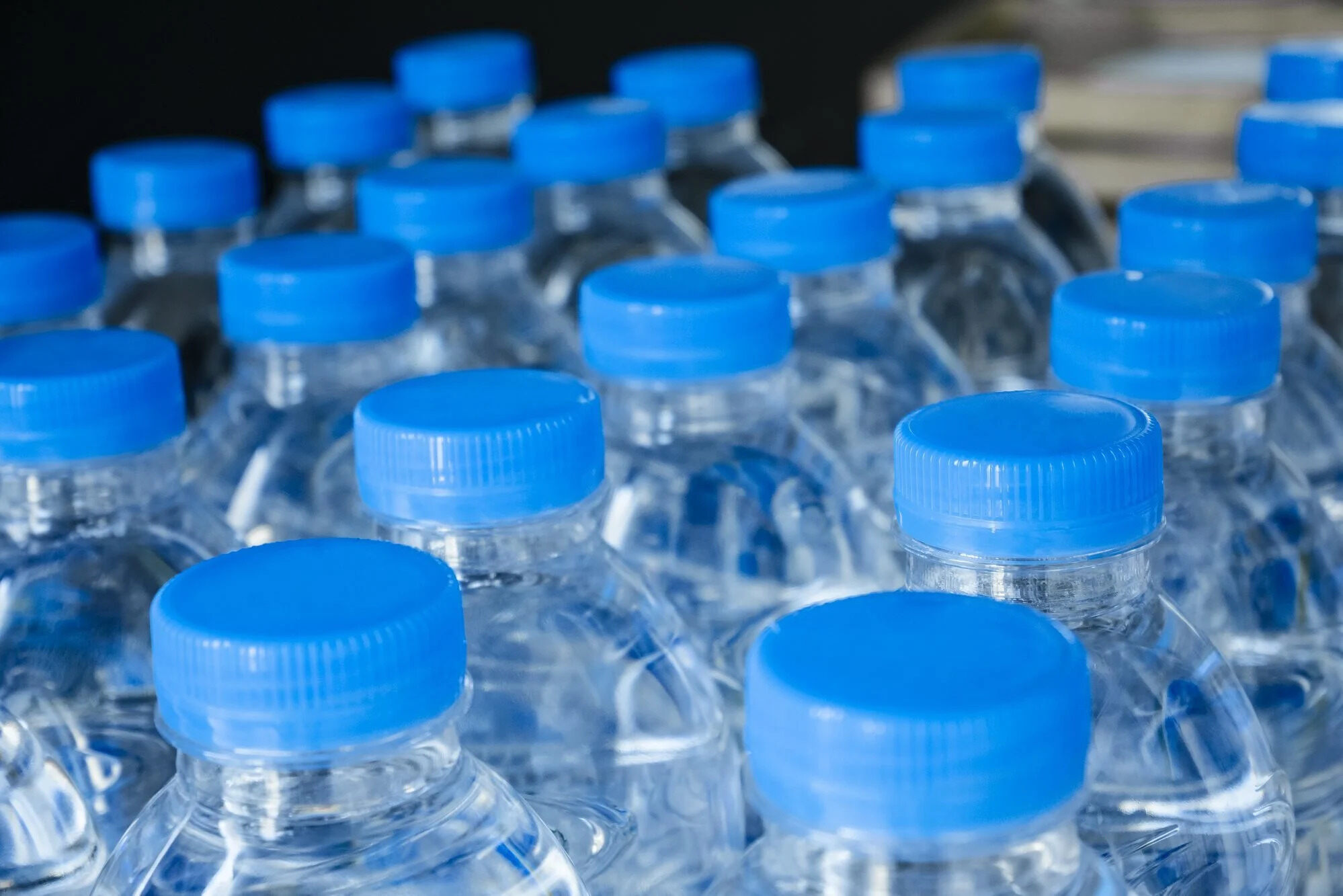
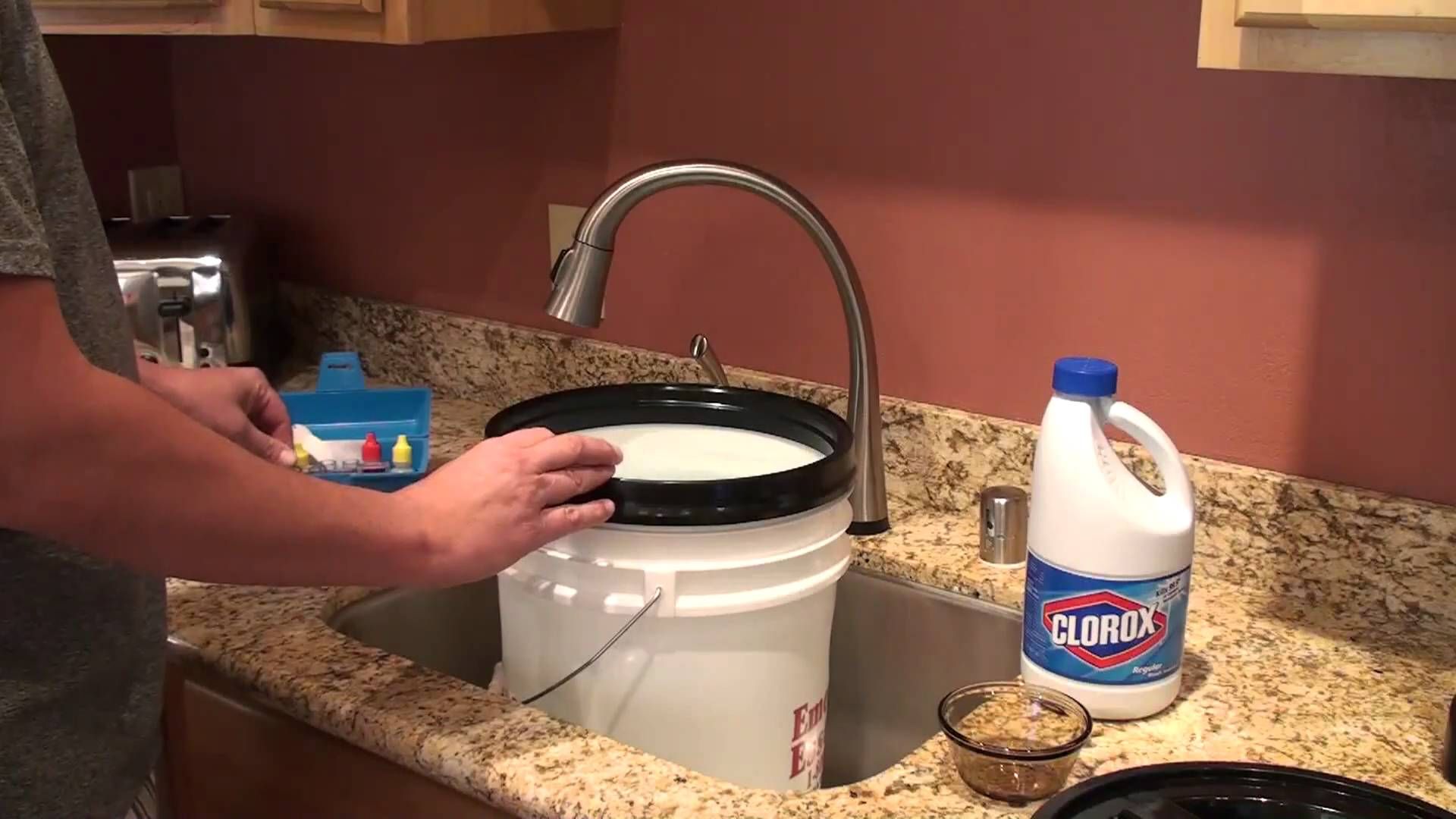
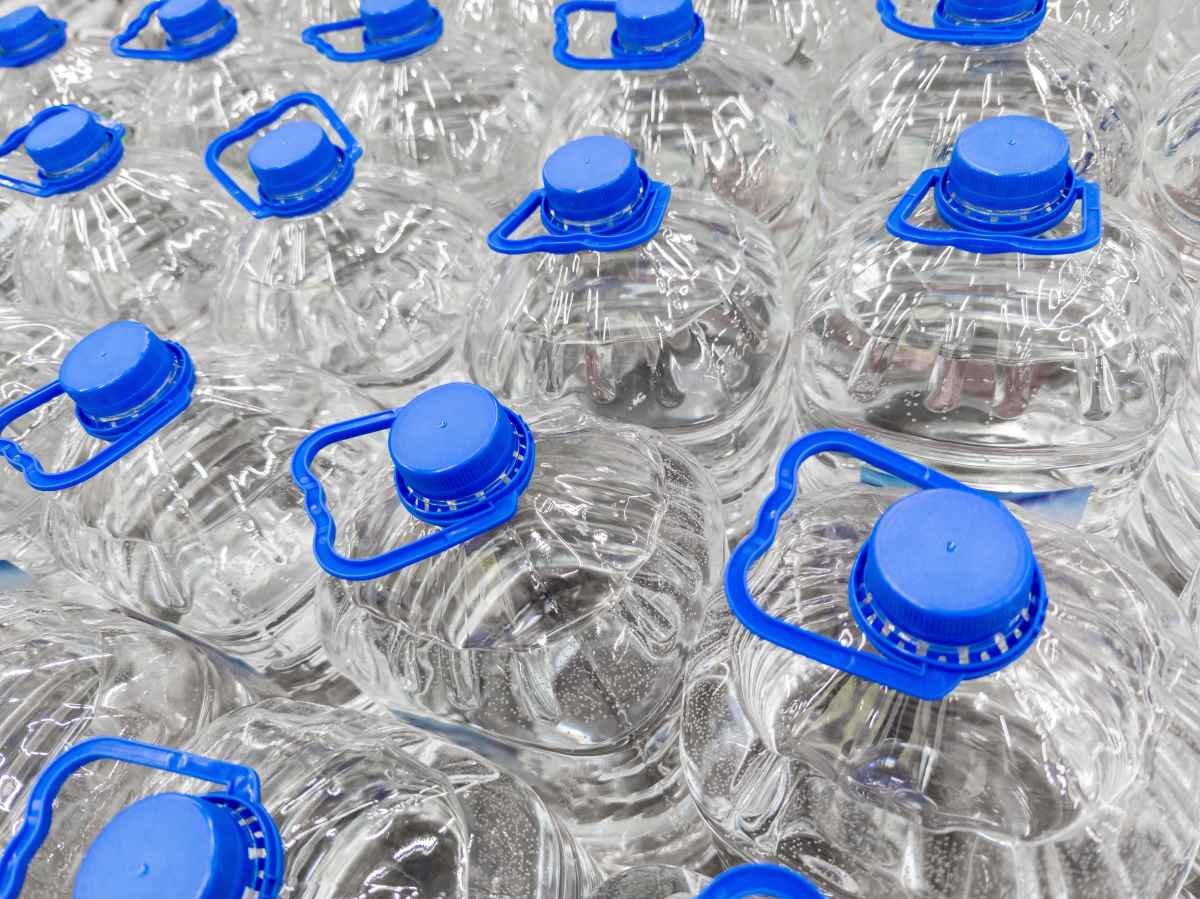
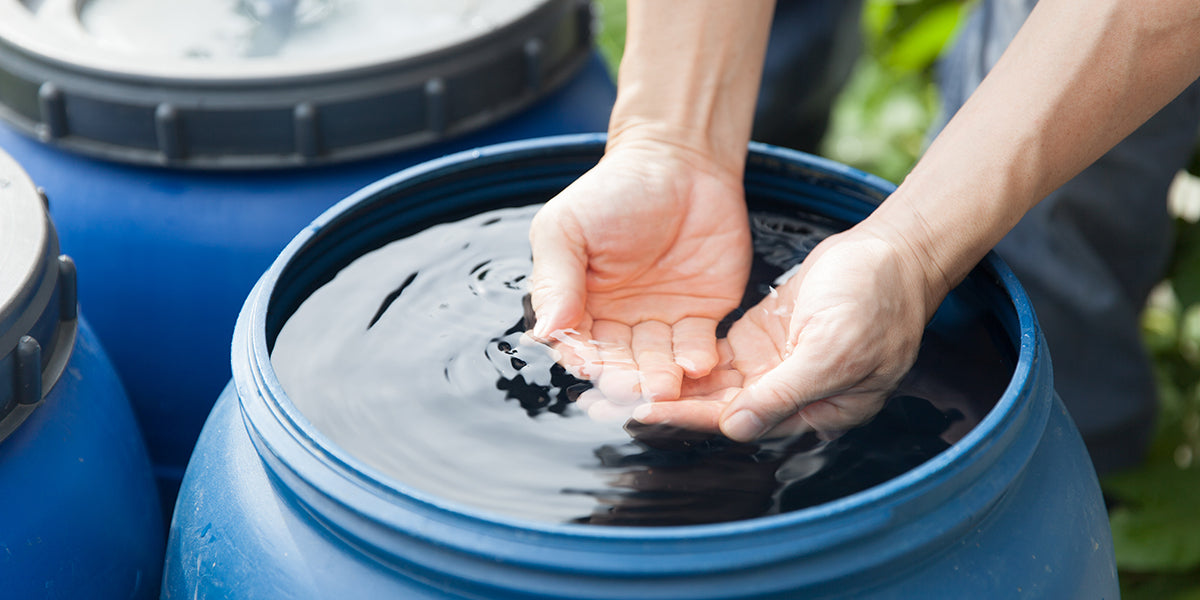
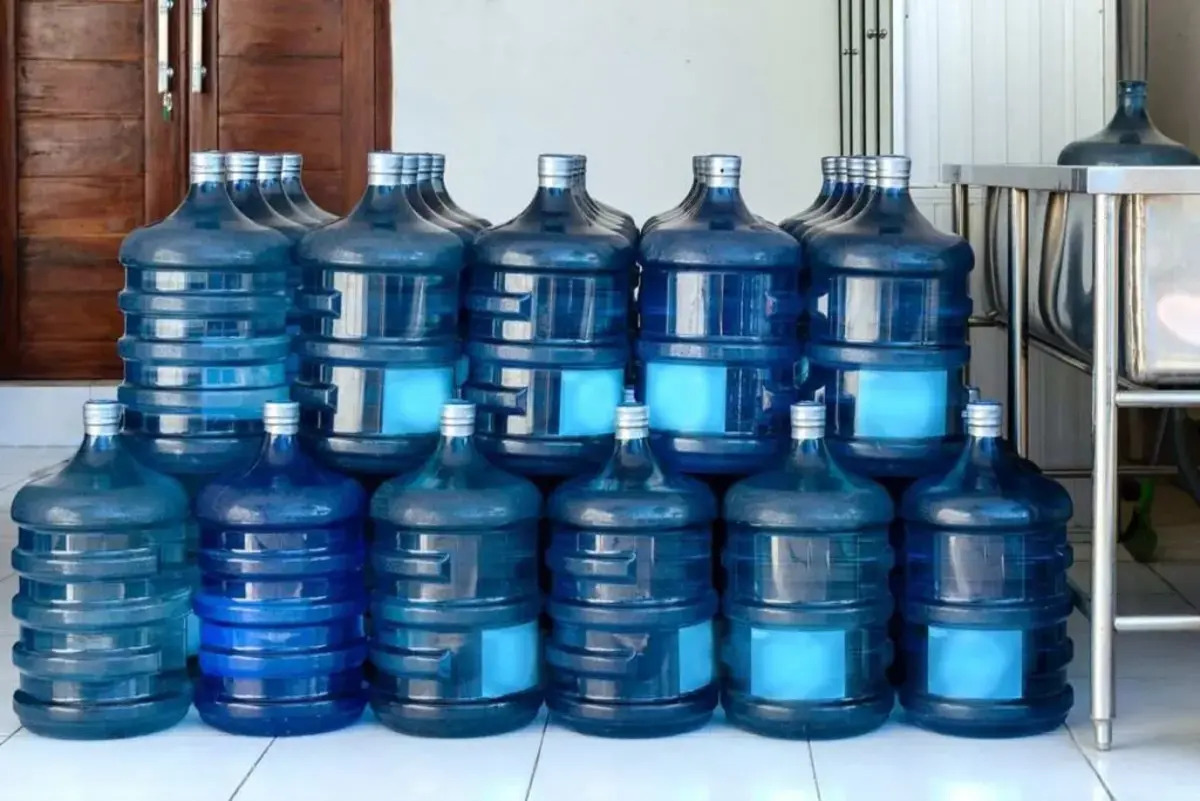










0 thoughts on “How To Store Water Long Term Safely”